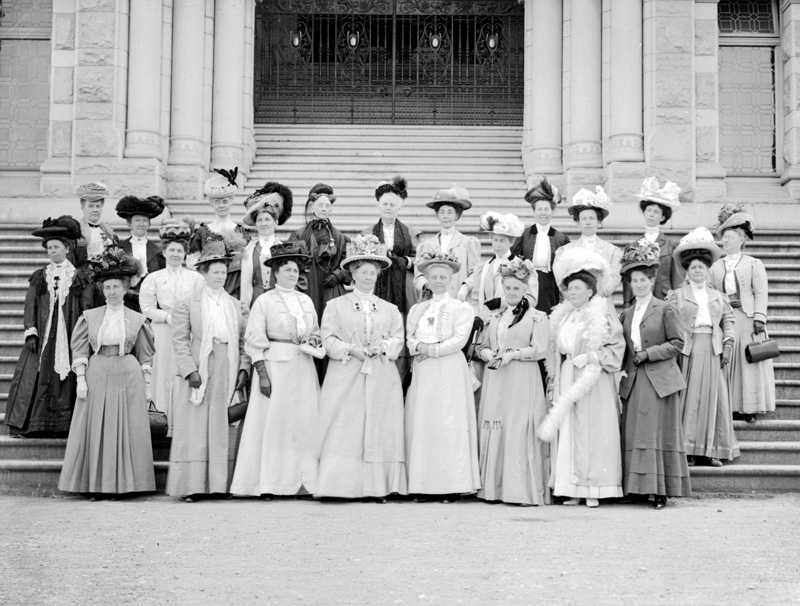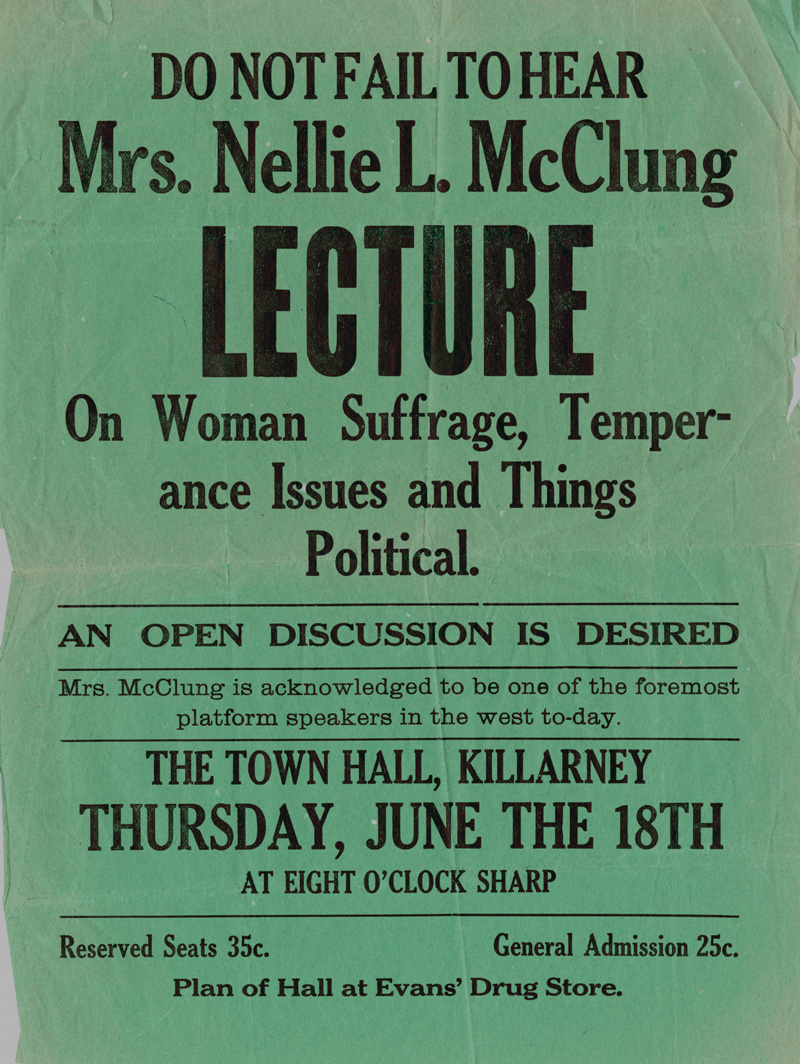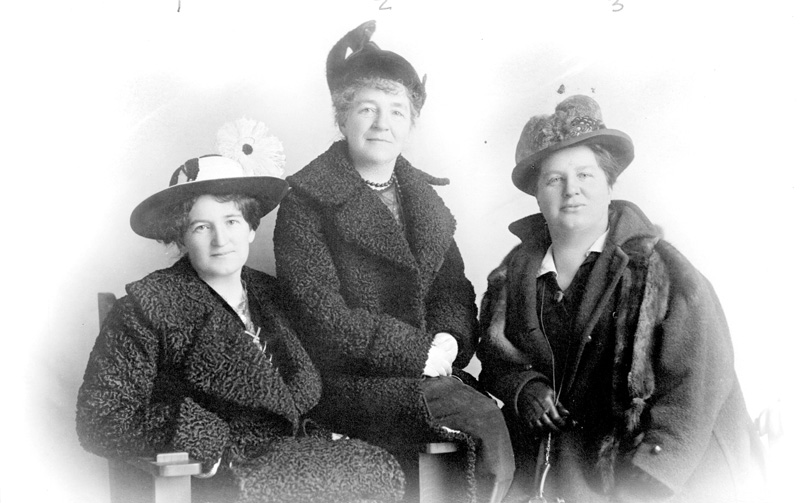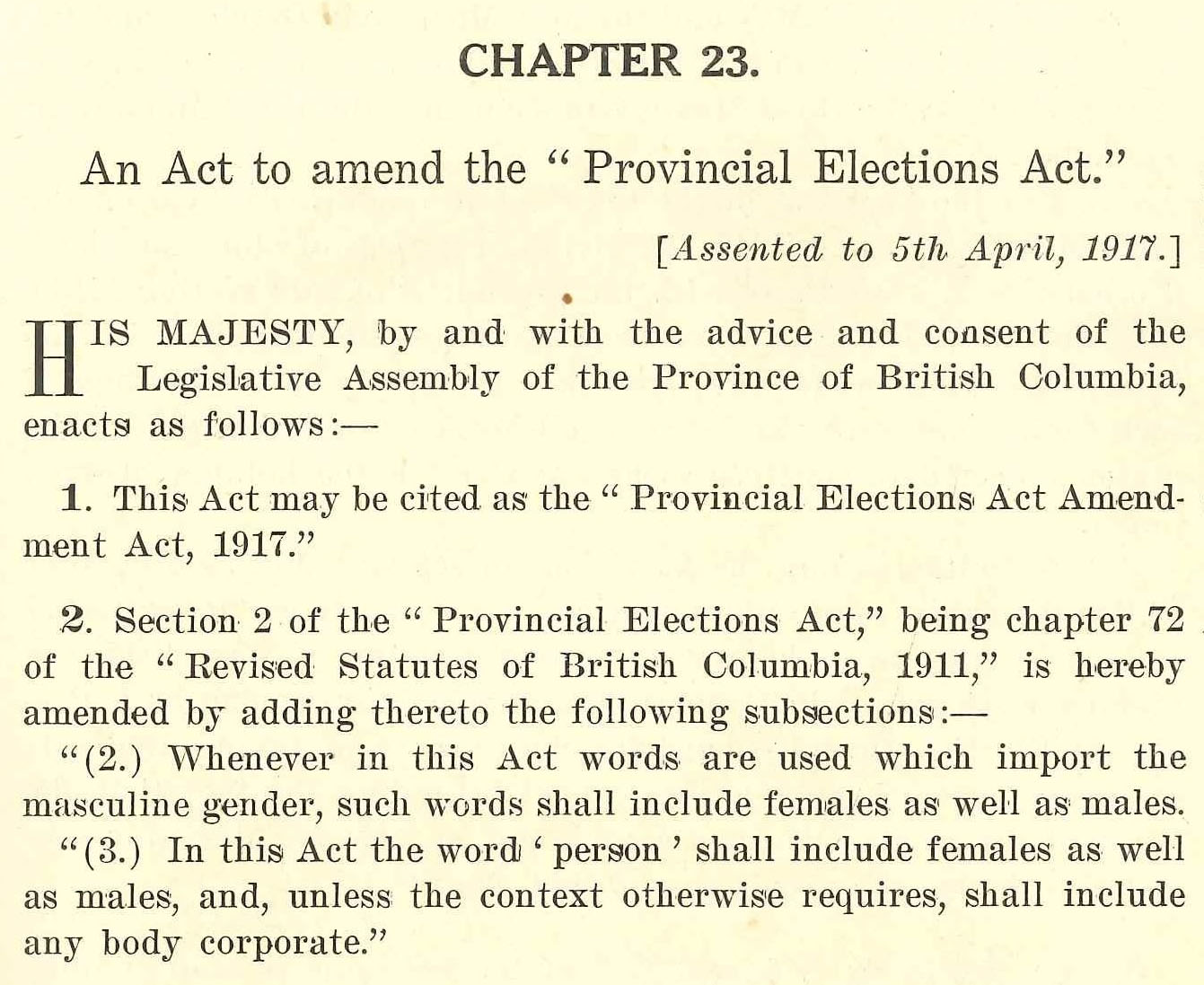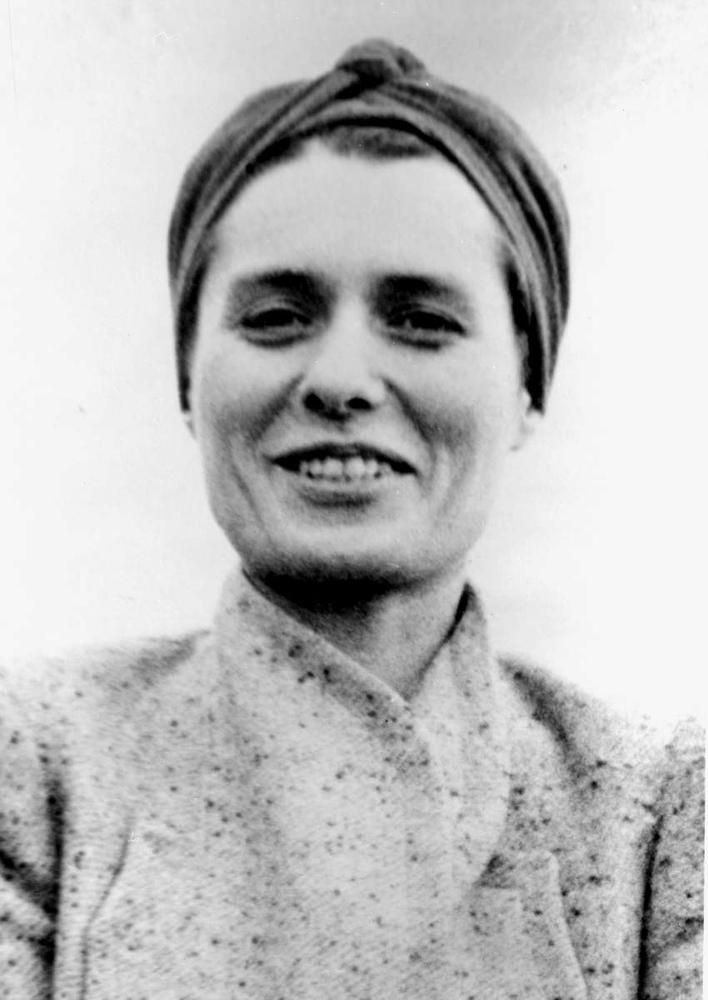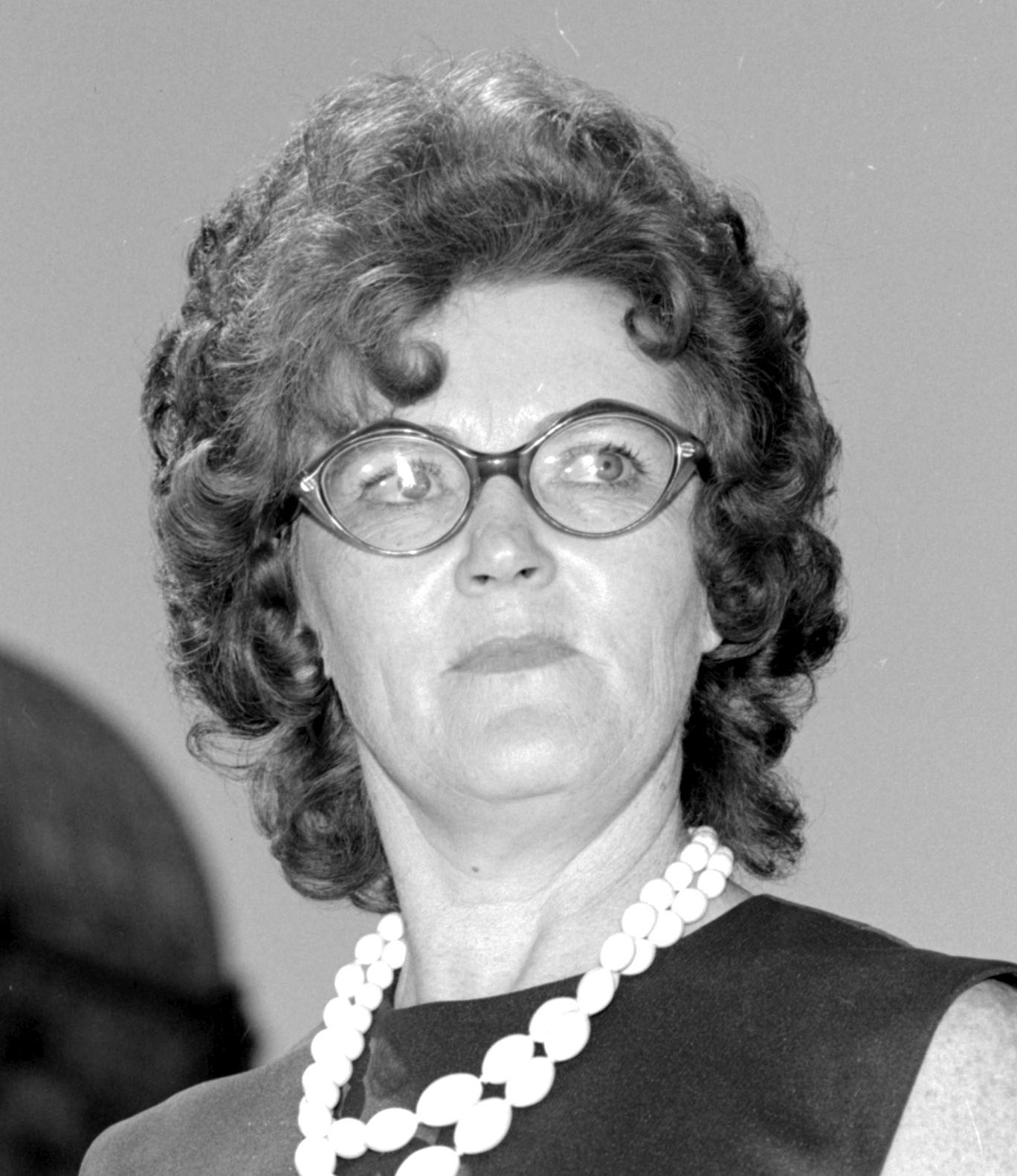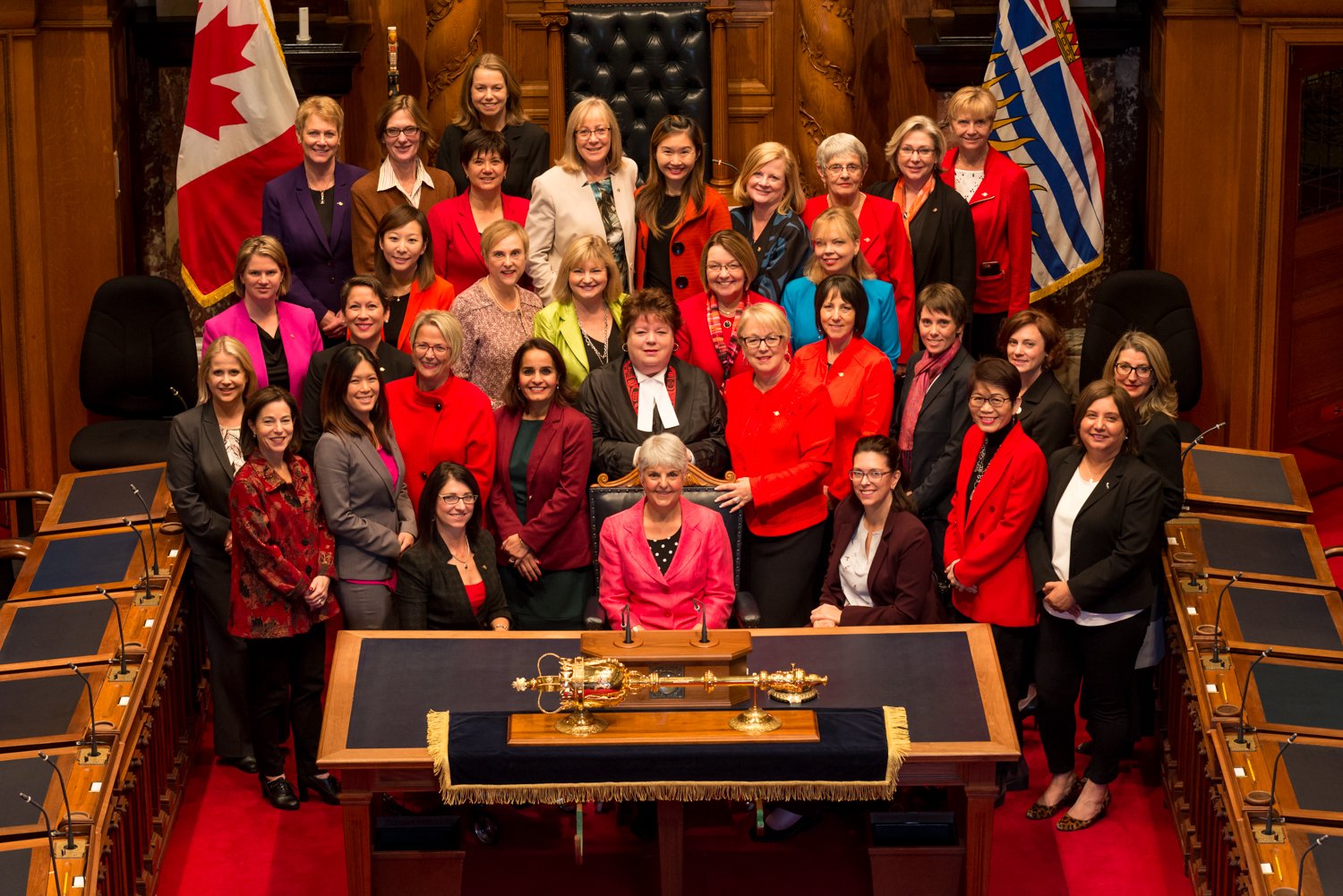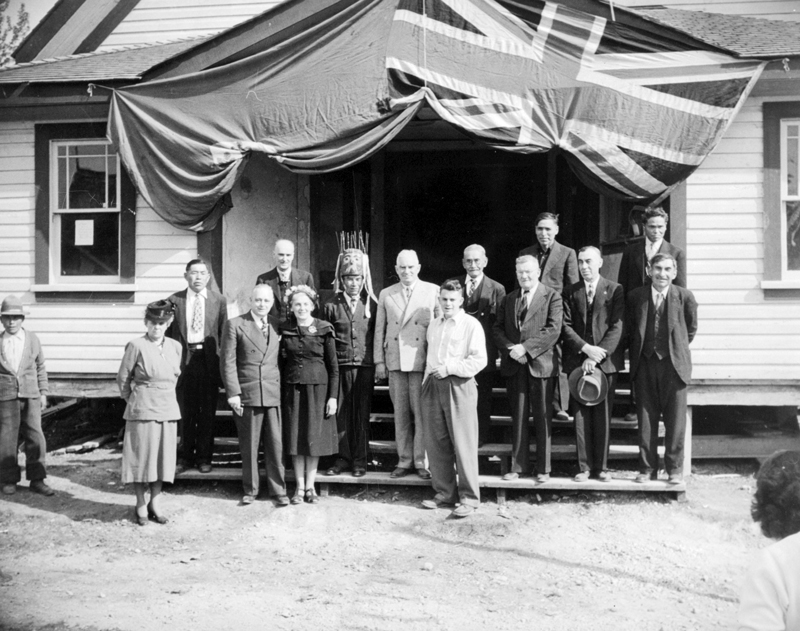Between 1891 and 1914, 16 women's suffrage bills were introduced and defeated in B.C.'s Legislative Assembly. In 1916, Premier William Bowser decided to hold a referendum on the issue in conjunction with the provincial general election. The referendum results revealed that 65.8 percent of the men who voted were in favour of extending the franchise to women in British Columbia.
In April of 1917, the new Liberal government enacted the Provincial Elections Act Amendment Act, 1917, to grant women who qualified as British subjects the right to vote in provincial elections and the right to be elected to the Legislative Assembly. Women in Vancouver were the first in the province to have the opportunity to vote when a by-election was held the following year. The newly enfranchised women of Vancouver used their vote to help elect Mary Ellen Smith as the first woman Member of the Legislative Assembly.
Women’s suffrage was, at the time, closely linked with the temperance movement. Both issues were passed by a referendum that coincided with the 1916 election.
Federally, war nurses and the immediate female relatives of military personnel were allowed to vote in 1917. Most women were allowed to vote federally in 1918 and allowed to run for election in 1919. However, it was not until 1949 that suffrage was finally extended to include all Indigenous women and men, as well as several other ethnic communities in B.C. The last religious community in B.C. to be granted suffrage were the Doukhobors in 1952.
Below is a list outlining the date of enfranchisement for several racial and religious groups in B.C.
(Elections British Columbia: An Electoral History of British Columbia, 1871-1986, p. 530 [PDF]):
| Disenfranchised1 | Enfranchised | |
|---|---|---|
| Chinese | 1874 | 1947 |
| Indigenous | 1874 | 1949 |
| Japanese | 1895 | 1949 |
| Hindus | 1907 | 1947 |
| Doukhobors | 19312 | 1952 |
| Mennonites | 19312 | 1948 |
| Hutterites | 19312 | 1948 |
1 War service in many cases conferred the right to vote before the prohibition was lifted. In 1931, Japanese Canadians who had fought in World War I were allowed to vote; in 1945, anyone who had served in either world war was granted the right. By 1947, any war service was sufficient. In 1948, marriage to an eligible voter allowed women in prohibited categories to vote.
2 Although not specifically mentioned by name until 1947, these groups were disenfranchised in 1931 by virtue of their special exemption from military service.
